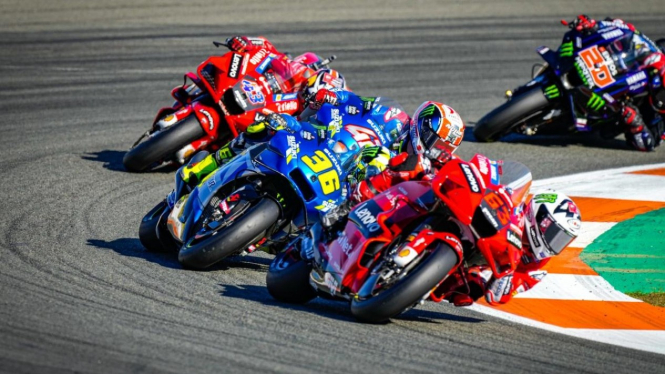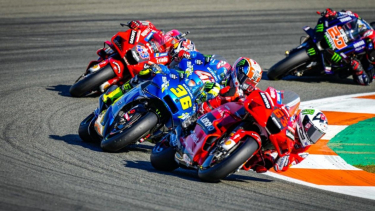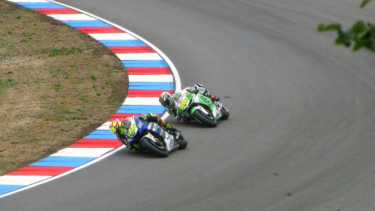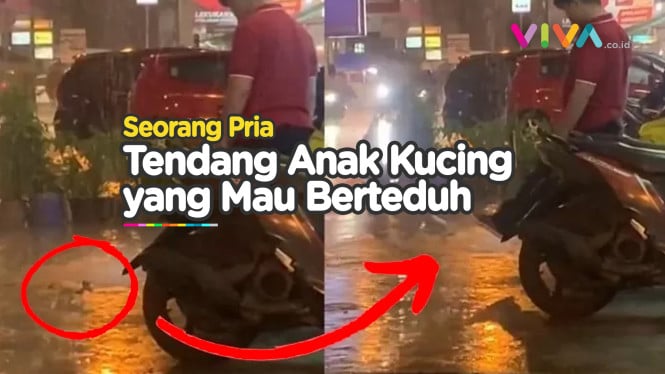- Motogp
Jakarta – After gathering data during 2023, MotoGP’s Crash Detection System looks close to being officially introduced.
Updated 2024 technical regulations for (rear) Safety Lights in all three grand prix classes now include mandatory use of a new ‘unified MotoGP light’.
This light is not only for use in the usual rain or low visibility conditions but works in conjunction with 'the Organiser’s crash detection/ alarm system':
All motorcycles must have the unified MotoGP light mounted at the rear of the machine to be either remotely operated by Race Direction in rain or low visibility conditions, or remotely automatically switched on/off by the Organiser’s crash detection/ alarm system.
Illustration of MotoGP
- VIVA.co.id/Arianti Widya
The unified MotoGP light shall be wired as per the Organiser’s instructions, so to be also manually switched on/off by a manual override button that will override remote/automatic operation by Race Direction. Such manual override button shall be placed within the rider’s reach when riding.
Although the system was not connected to the rear (rain) light during its data-gathering phase last year.
As quoted from the Crash site, it understands that it was able to quickly and accurately detect an accident, and then transmit a ‘bike down’ message to Race Direction.
The system was not perfect, with some false positives recorded (sometimes due to trivial issues such as a bike tipping over while being loaded onto a recovery vehicle).
Testing will continue until such glitches have been completely ironed out.
The alarm is thought to only trigger when a bike falls, not if a rider runs off the track, meaning the visual identification of an incident by trackside marshals will continue to be vital.
Nonetheless, during testing, it is believed the alert sent from the detection system proved quicker than human detection in virtually every case of a fallen bike.
The first stage of the system is likely to focus on activating a flashing rear light on a fallen machine to warn following riders, as well as sending an accident alert to Race Direction.
But it is also hoped that additional warnings could eventually be sent automatically to the machines of surrounding riders, as well as triggering the flashing yellow trackside screens.



























